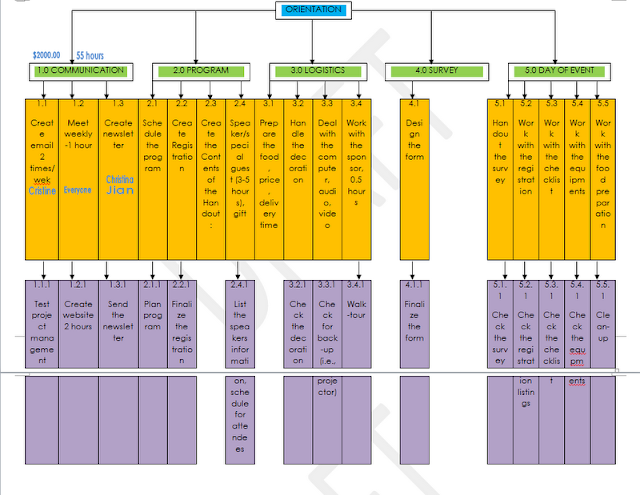The Art and Science of Accurate Estimating
Estimating will never be a science that produces 100 percent accurate results. Complete accuracy requires the project manager to forecast the future and to be in control of all project variables. but estimates can be sufficiently accurate to support good business decisions.
- It takes time and cost money to develop accurate estimates
- Every technique gives better result when it is used consistently
- Comparing actual performance to estimates is essential to refining the estimating model
- Many of the techniques work together. The art of estimating is knowing when to use which technique
- The variables that make estimates wrong are often beyond the control of the project team
- It's apparent that project managers working independently never create accurate, useful estimation processes.
Example: Calculate labor and schedule using the project plan with resource spreadsheet








